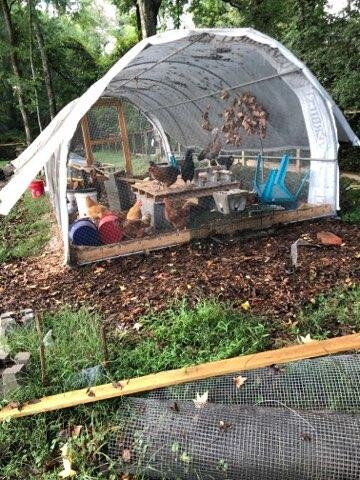Hip Hillbilly Acres
Crowing
- Nov 7, 2021
- 1,223
- 2,988
- 316
It's been raining and seems ever since the first rain after setting up the hoop coop the floor has been, er ah, moist. It has not completely dried out yet. Mister keeps saying, "It will dry out". Well, it hasn't. I was just trying to reason on this in my head and it went like this . . .
Ok, if chickens were originally on the forest floor, no doubt it was not dry. I am picturing for instance the Amazon. I don't know where this forest floor is from which they originated. Is this something I should add to my "Chicken Worry List"?
At first I was trying to keep up by adding pine needles and leaves; but it almost feels never ending trying to keep their floor dry (perhaps in the spring/summer when there will be blazing sun).
Ok, if chickens were originally on the forest floor, no doubt it was not dry. I am picturing for instance the Amazon. I don't know where this forest floor is from which they originated. Is this something I should add to my "Chicken Worry List"?
At first I was trying to keep up by adding pine needles and leaves; but it almost feels never ending trying to keep their floor dry (perhaps in the spring/summer when there will be blazing sun).










